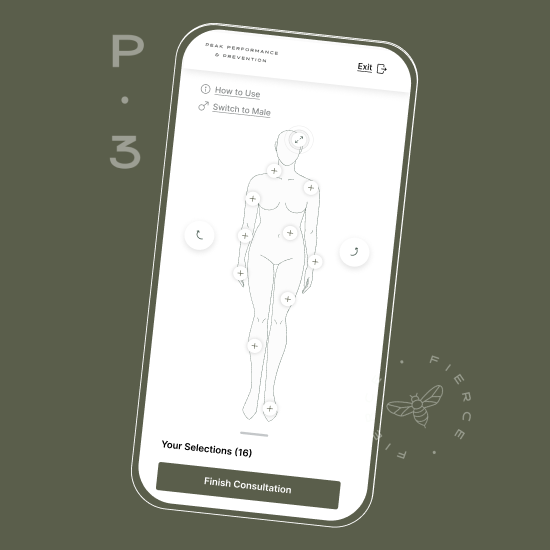
Hormone regulation is about more than just HRT. As always, it’s far more important to remove what is breaking you before adding more to the equation.
Endocrine disruptors are anything that confuse your hormone receptors; and, unfortunately, they’re everywhere.
Here is a quick rundown of 3 of the big ones, and how to break up with them for good.
PARABENS:
- Parabens are used as a preservative that is antimicrobial and is inexpensive
- Parabens are found in shampoos, commercial moisturizers, deodorants, shaving creams, tanning lotions, sunscreen, cleansing gels, personal lubricants, topical pharmaceuticals and in meats
- Parabens have been shown in rats to decrease testosterone and sperm concentration and cause epigenetic modification of sperm DNA
BPA:
- BPA is used to make plastics and epoxy resins
- BPA is found in water bottles, coating inside of cans, and the thermal paper used for receipts
- Lines water pipes
- Inside baby bottles and formula packaging
- Many BPA free products are other versions of EPA with the same effects as BPA
- Men with the highest levels of BPA had the lowest level of testosterone and also had significantly lower percentage progressive sperm
- BPA has an anti-androgenic (anti-testosterone) and/or estrogenic effect
- A China Study found that men with exposure to BPA at work had decreased androstenedione levels, decreased free testosterone levels, decreased free androgen index and increased sex hormone binding hormone globulin levels
PHTHALATES:
- Males with a highest level of phthalates correlated with infertility in a 4 year study of 501 couples trying to get pregnant
- Levels of phthalates impact on fertility is similar to impact of smoking
- Phthalates are true anti-androgens
- Common sources of BPA, phthalates and Parabens: Toothpaste, plastic wrap (esp. when microwave), and cosmetics/personal care products. A simple place to start? Replace your Tupperware with glass containers.
LEARN MORE…
Explore the Environmental Working Group’s guide on Endocrine Disruptors here, at www.ewg.org.




